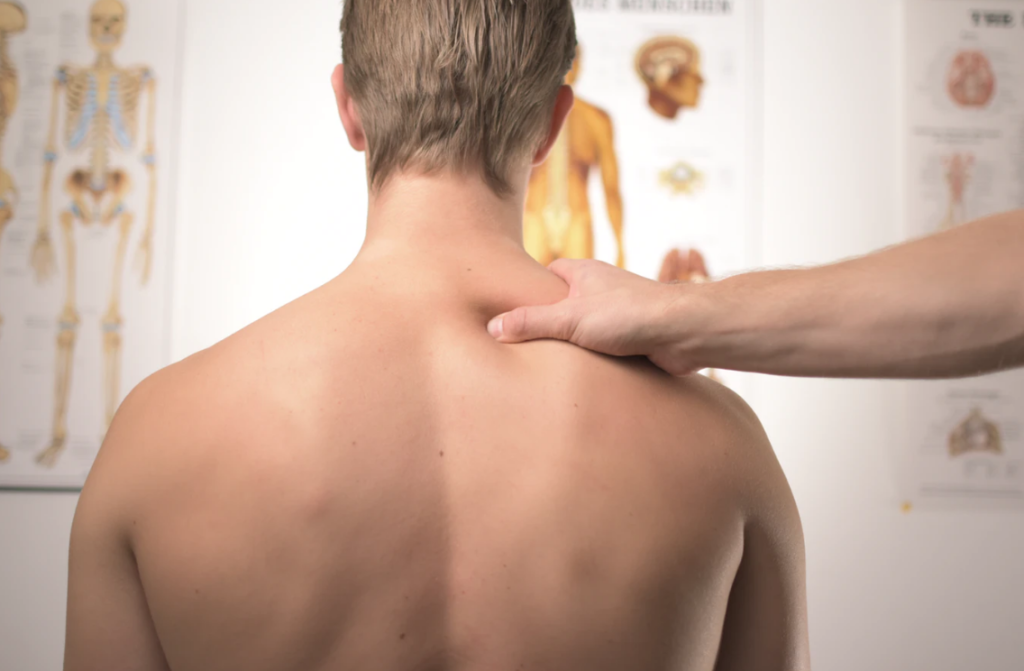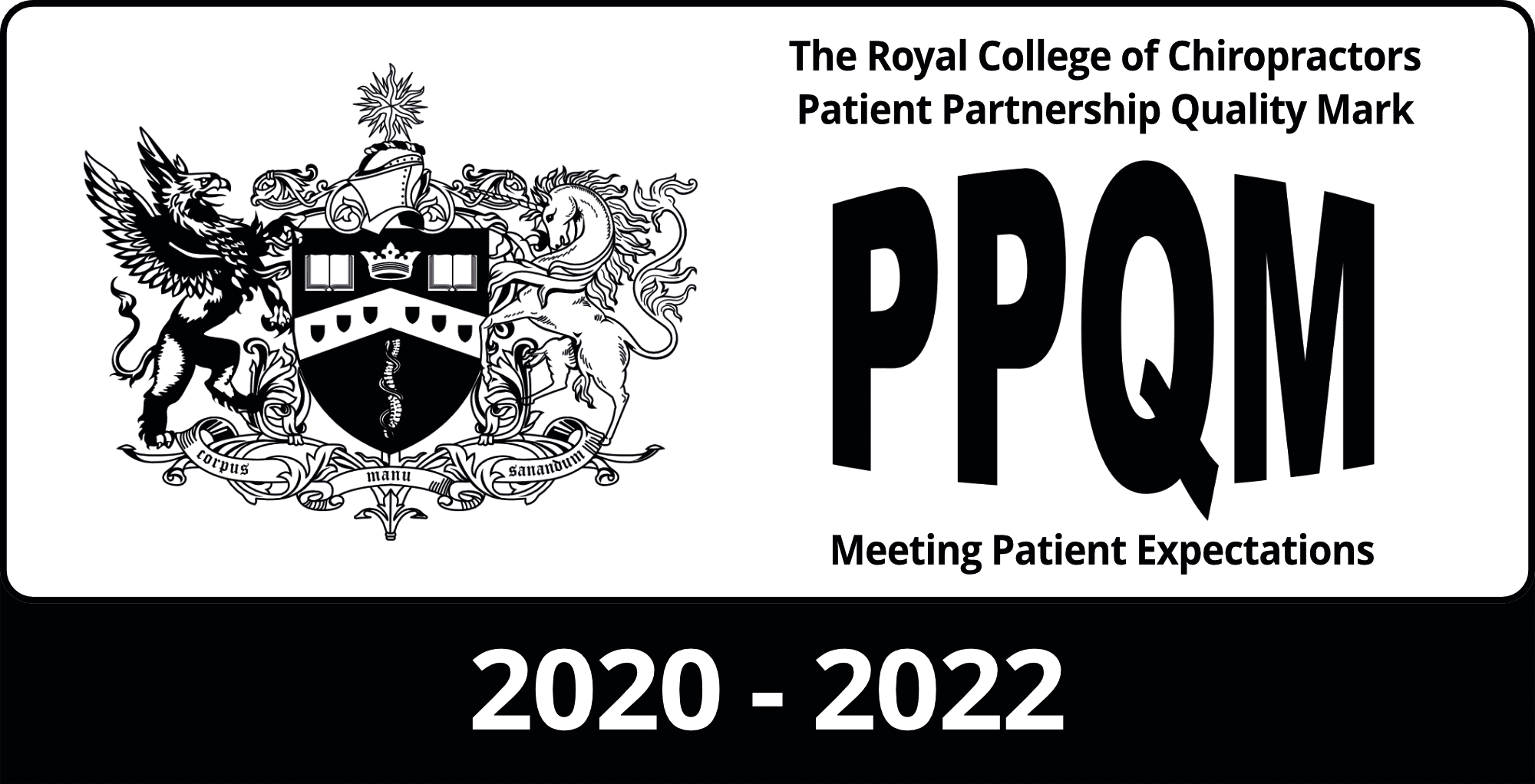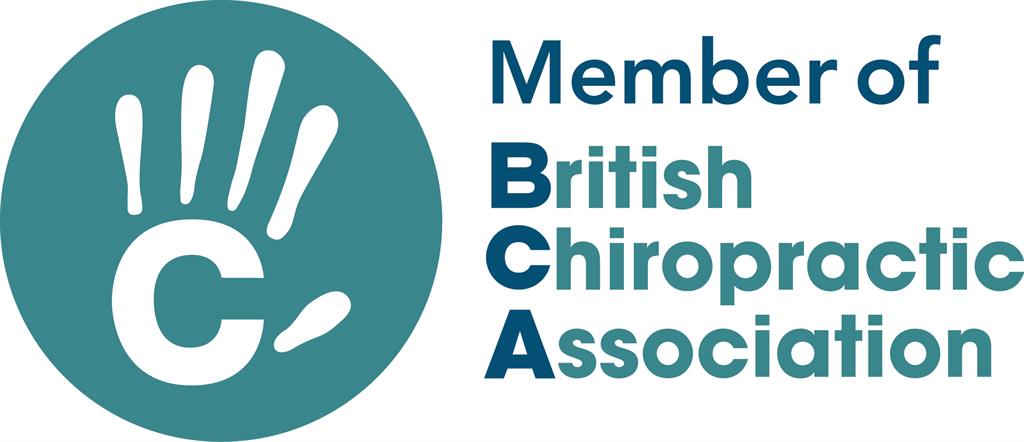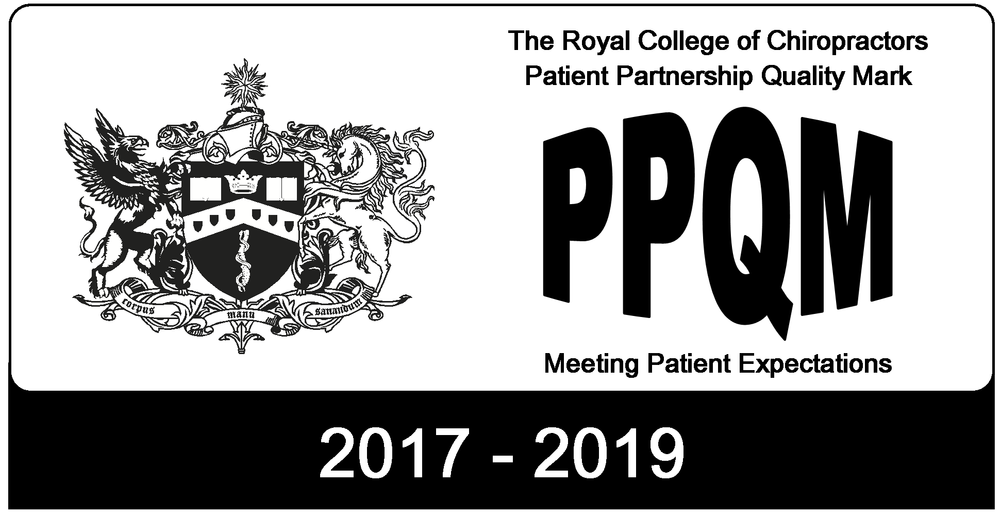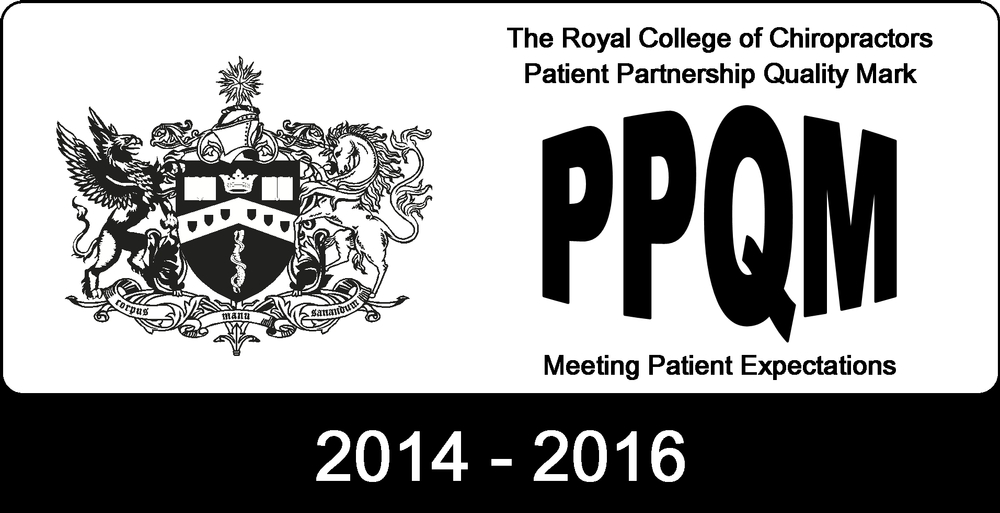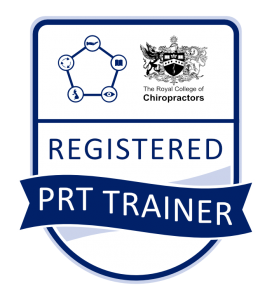Our Services
Andrew Miles BSc(Chiropractic), DC, MRCC, GCC Registered Chiropractor
Andrew is the director of The Llandaff Clinic. He is a Chiropractor with over 30 years experience in the diagnosis and management of musculoskeletal conditions.
Lewis Tidmarsh M(Chiropractic), BSc(Hons), DC, GCC Registered Chiropractor
Lewis joined The Llandaff Clinic in 2022 having worked in several clinics across the UK.
Mark Webster BSc (Chiropractic), DC, MSc, MSc, FRCC, FBCA, SFHEA, GCC Registered Chiropractor
Mark has been practising for over 30 year and has spent over 20 years teaching at the Welsh Institute of Chiropractic (WIOC) in Pontypridd.

About Chiropractors
Chiropractors specialise in the diagnosis, treatment and overall management of conditions that are due to problems with the joints, ligaments, tendons and nerves, especially related to the spine. They use a variety of treatment techniques, not just manipulation and tailors each treatment to the individual. Once an accurate diagnosis has been determined, they will establish then the best form of treatment to recommend, whether that is chiropractic, physiotherapy or other therapeutic intervention. If a diagnosis is not possible advise on appropriate further tests such as x-rays & MRI scans will be given and will refer to a GP or consultant as necessary. Chiropractic treatment mainly involves safe, often gentle, specific spinal manipulation to free joints in the spine or other areas of the body that are not moving properly.
Although chiropractors are best known for treating back and neck pain, which they do very well, patients also consult chiropractors regarding a range of other, related conditions such as headaches, sports injuries, trapped nerves and limb pain. Andrew, Lewis and Mark are all registered with the General Chiropractic Council (GCC) and are members of the British Chiropractic Association (BCA), which is the largest and longest-standing association for chiropractors in the UK. It was founded in 1925 and has a membership comprising over 50% of the UK’s registered chiropractors. The BCA only accepts members who have graduated from a nationally or internationally-recognised college of chiropractic education, after a minimum of four years full-time training and ensures its chiropractors maintain high standards of conduct, practice, education and training. They are also members of the Royal College of Chiropractors and the European Chiropractors Union (ECU). Andrew has been established as a chiropractor in Cardiff since 1997. Treatment is covered by all major insurance providers including BUPA and PPP. Please contact us for further details.
The General Chiropractic Council says that the care provided by chiropractors should be “informed by the best available evidence, the preferences of the patient, and the expertise of practitioners”.

What to expect on your first visit
Chiropractors are highly trained to provide an accurate diagnosis. Before any form of treatment is considered an initial consultation will include:
– A full health history
– A detailed physical examination including orthopaedic, neurological and chiropractic tests
– An explanation if further tests are required such as x-rays, MRI/ultrasound scans or a medical referral
– A detailed report of findings including an accurate diagnosis of your condition
– A full explanation of the most effective type of treatment recommended for your particular case (this could involve treatment by another practitioner)
– Treatment (if you and the chiropractor are happy to proceed)
Chiropractic treatment
Chiropractic is a regulated primary healthcare profession and provides a package of care rather than any one specific type of treatment. Chiropractors are trained to diagnose, treat, manage and prevent disorders of the musculoskeletal system (bones, joints, nerves and muscles), as well as the effects these disorders can have on general health. They have a specialist interest in neck, back and limb pain, but when they assess patients, they take their entire physical, emotional and social wellbeing into account.
Chiropractors are trained in a range of therapeutic techniques, many involve a specific manipulative technique to restore movement to a restricted joint. These techniques are currently recommended by the National Institute for Clinical Excellence (NICE) as highly effective in treating back pain. Our chiropractors are trained in a wide variety of specialised techniques that are tailored to the patient’s needs. These vary from specific chiropractic manipulation/adjustments which can be extremely gentle, to mobilisation, massage, taping, dry needling/acupuncture, stretching techniques as well as advice about home exercise, ice, heat, posture and lifestyle. The Llandaff Clinic is one of a few clinics in the UK which use the Impulse IQ Adjusting Instrument which provides a measured amount of force to the involved area based on electronic feedback readings from it’s sensors. This can provide a specific, effective manipulation/adjustment without any ‘popping’ of the joints.
Royal College of Chiropractors Quality Standards
Supportive Self-Management in Chronic Care
Evidence for chiropractic
There is a range of evidence to indicate that chiropractic care is safe and effective. This evidence includes:
1. UK BEAM Trial Team (2004) United Kingdom back pain exercise and manipulation (UK BEAM) randomised trial:
effectiveness of physical treatments for back pain in primary care. BMJ 329:1377 This recent MRC-funded study estimated the effect of adding exercise classes, spinal manipulation delivered in NHS or private premises, or manipulation followed by exercise to “best care” in general practice for patients consulting with back pain. All groups improved over time. Exercise improved disability more than “best care” at three months. For manipulation there was an additional improvement at three months and at 12 months. For manipulation followed by exercise there was an additional improvement at three months and at 12 months. No significant differences in outcome occurred between manipulation in NHS premises and in private premises. No serious adverse events occurred.
2. UK BEAM Trial Team (2004) United Kingdom back pain exercise and manipulation (UK BEAM) randomised trial:
cost effectiveness of physical treatments for back pain in primary care. BMJ 329:1381 Spinal manipulation is a cost effective addition to “best care” for back pain in general practice. Manipulation alone probably gives better value for money than manipulation followed by exercise.
3. European Commission Research Directorate General (2004) European Guidelines for the management of acute non-specific low back pain in primary care Summary of recommendations for treatment of acute non-specific low back pain:
Give adequate information and reassure the patient Do not prescribe bed rest as a treatment Advise patients to stay active and continue normal daily activities including work if possible Prescribe medication, if necessary for pain relief; preferably to be taken at regular intervals; first choice paracetamol, second choice NSAIDs Consider adding a short course of muscle relaxants on its own or added to NSAIDs, if paracetamol or NSAIDs have failed to reduce pain Consider (referral for) spinal manipulation for patients who are failing to return to normal activities Multidisciplinary treatment programmes in occupational settings may be an option for workers with sub-acute low back pain and sick leave for more than 4 – 8 weeks
4. European Commission Research Directorate General (2004) European Guidelines for the management of chronic non-specific low back pain in primary care (2004) Manipulation/mobilisation – Summary of the evidence:
There is moderate evidence that manipulation is superior to sham manipulation for improving short-term pain and function in chronic low back pain (CLBP) There is strong evidence that manipulation and GP care/analgesics are similarly effective in the treatment of CLBP There is moderate evidence that spinal manipulation in addition to GP care is more effective than GP care alone in the treatment of CLBP There is moderate evidence that spinal manipulation is no less and no more effective than physiotherapy/exercise therapy in the treatment of CLBP There is moderate evidence that spinal manipulation is no less and no more effective than back-schools in the treatment of CLBP Recommendation: Consider a short course of spinal manipulation/mobilisation as a treatment option for CLBP.


